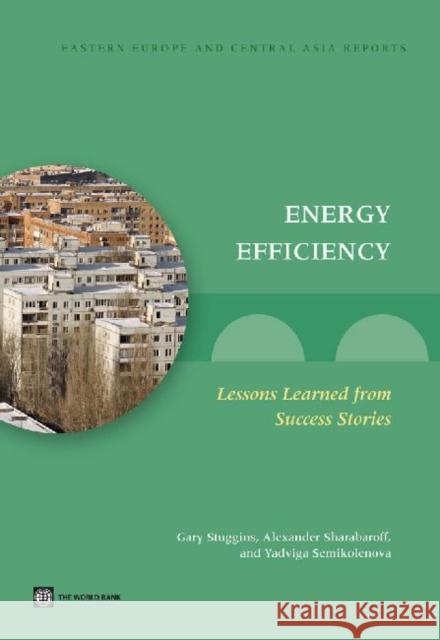Energy Efficiency: Lessons Learned from Success Stories » książka
Energy Efficiency: Lessons Learned from Success Stories
ISBN-13: 9780821398036 / Angielski / Miękka / 2013 / 80 str.
Energy efficiency is an important factor in an economy, since it helps meet energy needs, decrease costs, and lower environmental impacts. A review of the evolution of energy intensity in European and Former Soviet Union countries indicates a positive trend: high-energy-intensity countries have now reached the level of medium-energy-intensity economies 15 years earlier, and in the same period, medium-energy-intensity ones had similarly evolved to levels of low-energy-intensity. At the same time, the fast transitioning economies of Central Europe converged towards similar levels of energy intensities, in line with EU Directives, while successful EU-15 countries managed to maintain economic growth while keeping energy use flat. This report looks at how countries effect the transition from high- to medium- to low-energy-intensity, exploring whether leapfrogging is possible (it's not) and what policies can be particularly helpful. Some of the lessons include: energy prices tend to evolve from subsidized levels to full-cost-recovery to full-cost-recovery-plus environmental externalities; industrial energy efficiency is often the starting point, with privatization and competition driving companies to reduce production costs, including energy; successful countries excell at governance (setting targets, building institutional capacity, creating and improving the legal and regulatory framework, and monitoring and evaluating); households tended to be the last, and most difficult, area of reform, starting with pricing improvements, outreach campaigns, financing programs, and building certificates programs.











